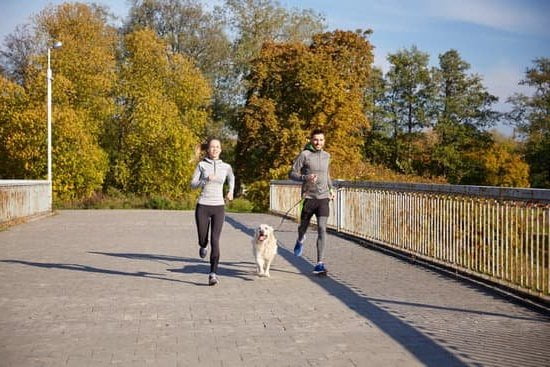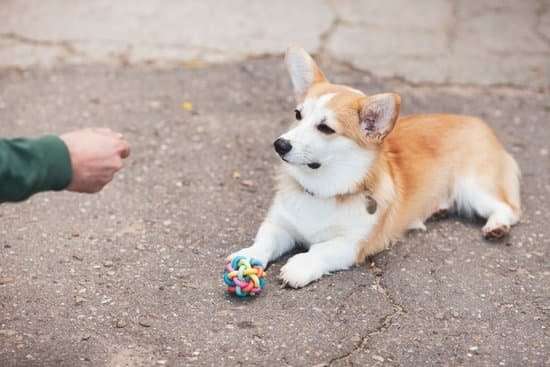How To Train Your Dog Out Of The Crate
One of the most common questions people have about dog training is how to get their dog out of the crate. The process usually isn’t difficult, but it does take a bit of time and patience. Here are a few tips to help you get your dog out of the crate:
1. Start by gradually increasing the amount of time your dog spends outside of the crate. If your dog has been spending most of his time in the crate, start by leaving him out for just a few minutes at a time. Gradually increase the amount of time he spends outside of the crate until he is able to stay out for extended periods of time.
2. Reward your dog for exiting the crate. When your dog steps out of the crate, praise him and give him a treat. This will help him learn that exiting the crate is a good thing and will encourage him to do it again in the future.
3. never force your dog out of the crate. If your dog is reluctant to leave the crate, don’t force him out. This could lead to problems such as aggression or anxiety. Instead, try using positive reinforcement to encourage your dog to leave the crate on his own.
4. Be patient. It may take a while for your dog to get used to being outside of the crate. Don’t get discouraged if your dog takes a while to learn this new behavior. With patience and persistence, you can train your dog to exit the crate without any problems.
How To Calm A Dog While Crate Training
Crate training a dog can be a bit tricky, especially if your dog is not used to being in a crate. One of the most important things to remember is to never use the crate as a form of punishment. If your dog is anxious or scared, you will only make the situation worse by putting him in a crate.
The best way to calm a dog while crate training is to make the experience as positive as possible. Start by putting some soft bedding in the crate and giving your dog a few treats when he goes in. Make sure the crate is in a quiet, calm place in your home.
If your dog starts to get anxious, talk to him in a calm voice and give him a treat. You can also try putting a toy in the crate with him. Over time, your dog will learn to associate the crate with good things and will eventually be happy to go in on his own.
Crate Training Adult Dog
Crate training adult dogs is a process that can be used to housetrain your dog, to keep your dog safe when you’re not able to supervise them, and to provide them with a cozy place to rest. Crate training can be a bit challenging, but it’s well worth the effort.
The first step in crate training adult dogs is to select the right crate. The crate should be big enough for your dog to stand up, turn around, and lie down in comfortably. If the crate is too small, your dog may become anxious and frustrated.
Once you’ve selected the right crate, it’s time to begin the training process. Start by putting your dog’s food in the crate and encouraging them to eat inside. Once your dog is comfortable eating inside the crate, begin closing the door for short periods of time. Gradually increase the amount of time your dog spends in the crate, until they are comfortable spending the entire night inside.
If your dog has an accident in the crate, don’t scold them. Simply clean up the mess and continue training. Dogs typically learn best when training is positive and consistent.
Crate training adult dogs can be a valuable tool for housebreaking and providing your dog with a safe place to rest. With a little patience and consistency, you can have your dog crate trained in no time.
How To Crate Train A Shelter Dog
There are many reasons to crate train your dog. A crate can provide a place of refuge for a dog who is afraid of thunderstorms or fireworks. It can also be a place for a new dog to escape from a chaotic home until he or she becomes more comfortable in the environment. And finally, for potty training, a crate is an essential tool.
There are a few things to keep in mind when crate training a shelter dog. First, always use positive reinforcement when your dog does something correctly. This could be treats, petting, or verbal praise. Second, make sure your dog has plenty of opportunities to go outside to pee and poop. And finally, never leave your dog in the crate for more than a few hours at a time.
If you are consistent with crate training, your dog will soon see the crate as a safe and comfortable place to be.
How Long Do You Crate Train A Dog
There is no one-size-fits-all answer to this question, as the length of time required to crate train a dog will vary depending on the individual dog’s temperament and personality. However, most dogs can be successfully crate trained in a relatively short amount of time if the process is done correctly.
The first step in crate training a dog is to get the dog comfortable with the crate. You can do this by placing the crate in a central location in the home and gradually introducing the dog to it. You can put a treat or toy inside the crate and let the dog explore it on its own. Once the dog is comfortable going into the crate, you can start closing the door for short periods of time.
If the dog seems anxious or stressed when the door is closed, open it and give the dog a few minutes to calm down before trying again. Gradually increase the amount of time the dog spends in the crate with the door closed, but always make sure the dog is comfortable and has plenty of water and access to a potty area.
It’s important to keep in mind that crate training is not a quick fix – it takes time and patience to train a dog to feel comfortable spending time in a crate. However, when done correctly, crate training can be a very effective way to housetrain a dog and help prevent destructive behavior.

Welcome to the blog! I am a professional dog trainer and have been working with dogs for many years. In this blog, I will be discussing various topics related to dog training, including tips, tricks, and advice. I hope you find this information helpful and informative. Thanks for reading!





